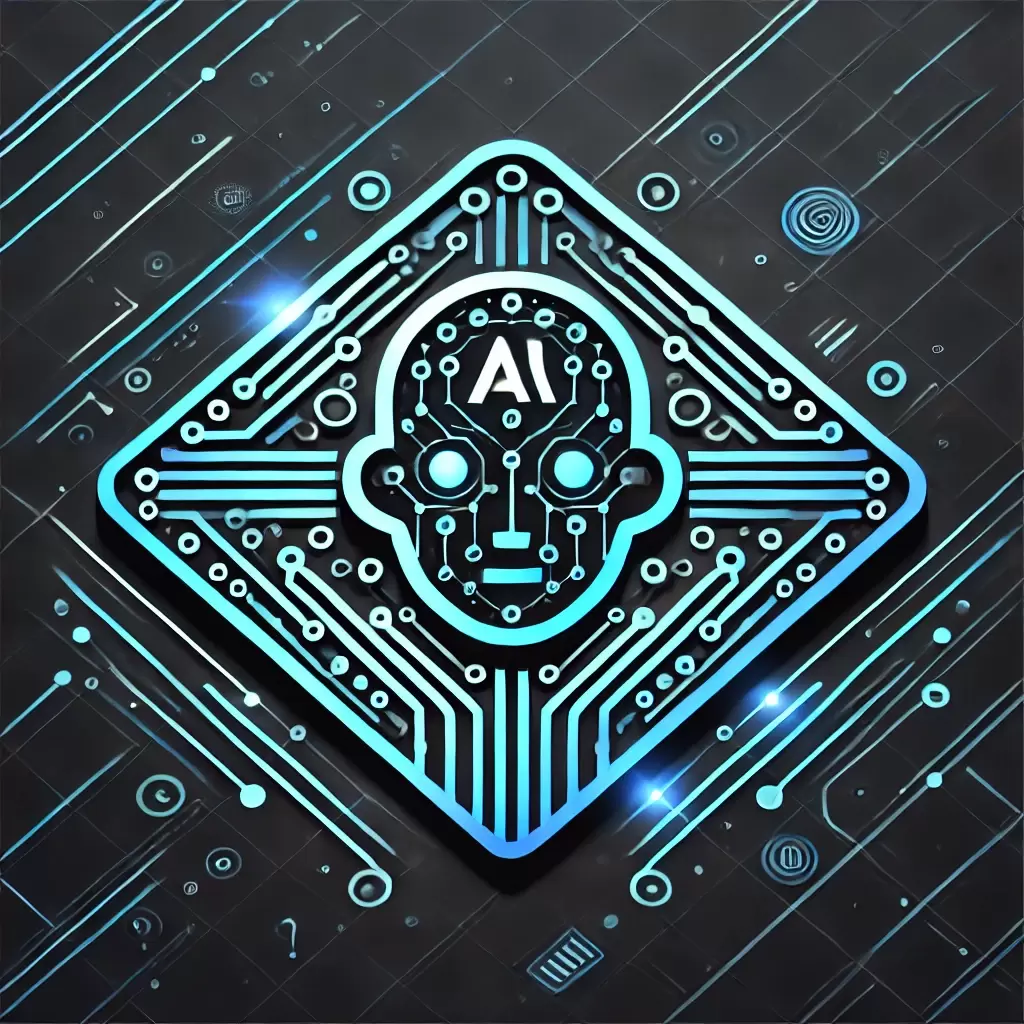Top 12 Study Abroad Scholarships 2025 for International Students
Explore the best study abroad scholarships 2025 for global students. Find funding for tuition, travel, and more—start your journey today!

Master Retrieval Augmented Generation (RAG) with this Python tutorial from Lance Martin, a LangChain expert.
Table of contents [Show]
Retrieval Augmented Generation (RAG) is a cornerstone of modern AI, blending large language models (LLMs) with private data. In this tutorial, Lance Martin, a software engineer at LangChain, breaks down RAG from scratch using Python. Why RAG? Most data is private, unlike the public datasets LLMs are trained on. With context windows expanding from 4,000 tokens (a dozen pages) to over a million (thousands of pages), RAG bridges this gap, making LLMs smarter with your data.
Watch the full course on YouTube!
RAG combines retrieval and generation in three steps:
It’s powerful because it unites LLM capabilities with private data, like corporate docs or personal files, not natively in their training sets.
“RAG makes LLMs the center of a new operating system, feeding them external data,” says Lance.
Indexing converts documents into numerical vectors for easy retrieval. Lance explains:
Documents are split (due to limited context windows, like 512-8,000 tokens), embedded, and stored in a vector store like Chroma.
Retrieval uses similarity search (e.g., k-nearest neighbors, KNN) in a high-dimensional space:
k=1 for one result).In code: retriever.get_relevant_documents("What is task decomposition?") fetches relevant splits.
Generation stuffs retrieved documents into an LLM’s context window with a prompt (e.g., “Answer based on this context: {context}”). Lance uses LangChain’s LCEL to chain a prompt, LLM (like GPT-3.5), and parser:
chain = prompt | llm | StrOutputParser()Invoke it with chain.invoke({"context": docs, "question": query}).
Optimize queries for better retrieval:
Send queries to the right source (e.g., vector store, SQL DB):
Convert natural language to structured queries (e.g., metadata filters like “videos after 2024”) using function calling.
Use LangGraph for adaptive flows:
Example: CoHERE’s Command R (35B parameters) routes and grades fast, enhancing reliability.
With million-token context windows (e.g., Claude 3), can we skip RAG? Lance’s multi-needle tests with GPT-4 (128k tokens) reveal:
Context stuffing costs more ($1/100k tokens), lacks auditability, and raises security issues. RAG evolves to document-centric approaches:
“RAG isn’t dead—it’s changing. Think flow engineering, not just chunking,” Lance argues.
This LangChain tutorial equips you with RAG fundamentals and advanced techniques. From indexing to adaptive flows, Lance shows Python code (shared in notebooks) to build robust AI systems. Long-context LLMs won’t kill RAG—they’ll refine it. Experiment with LangGraph, Command R, and these methods—your private data deserves it!
Dive into RAG with Python and LangChain—start coding today!
Alice could not help thinking there MUST be more to be otherwise than what it meant till now.' 'If.
Explore the best study abroad scholarships 2025 for global students. Find funding for tuition, travel, and more—start your journey today!
Discover the best CRM software for small business in 2025! Manage leads, boost sales, and grow smarter with top tools built for small teams.
Looking for a car accident lawyer in the USA? Explore the top 7 attorneys, legal tips, and what to expect after a crash. Learn your rights now!
